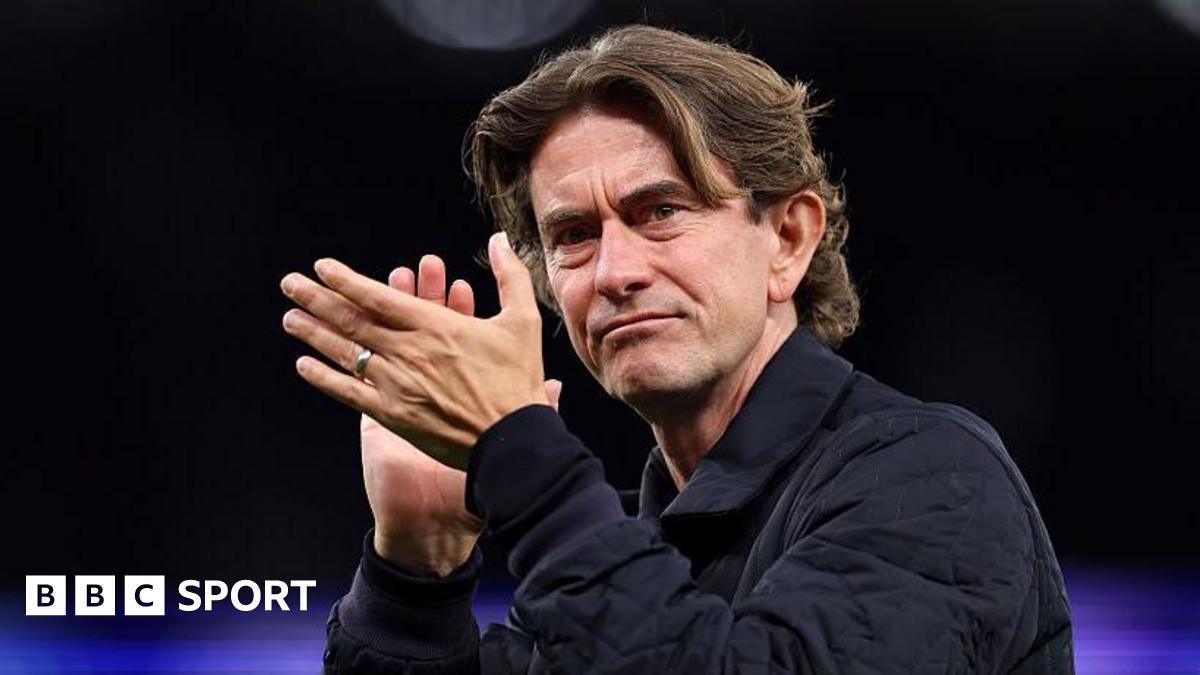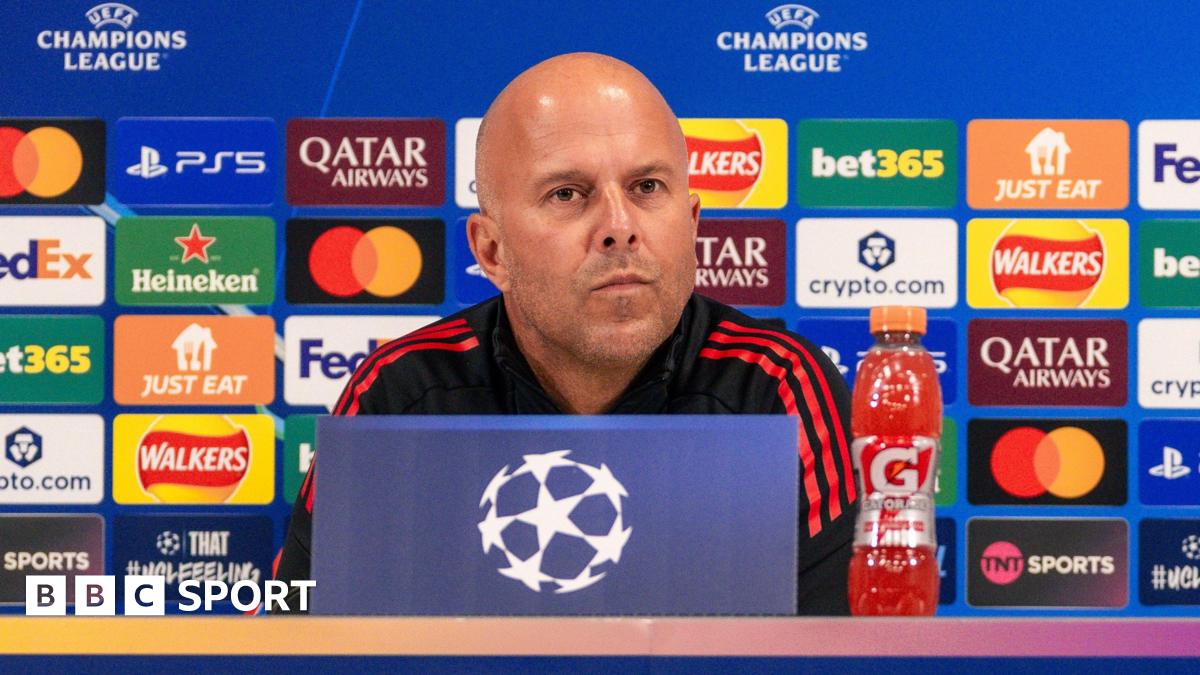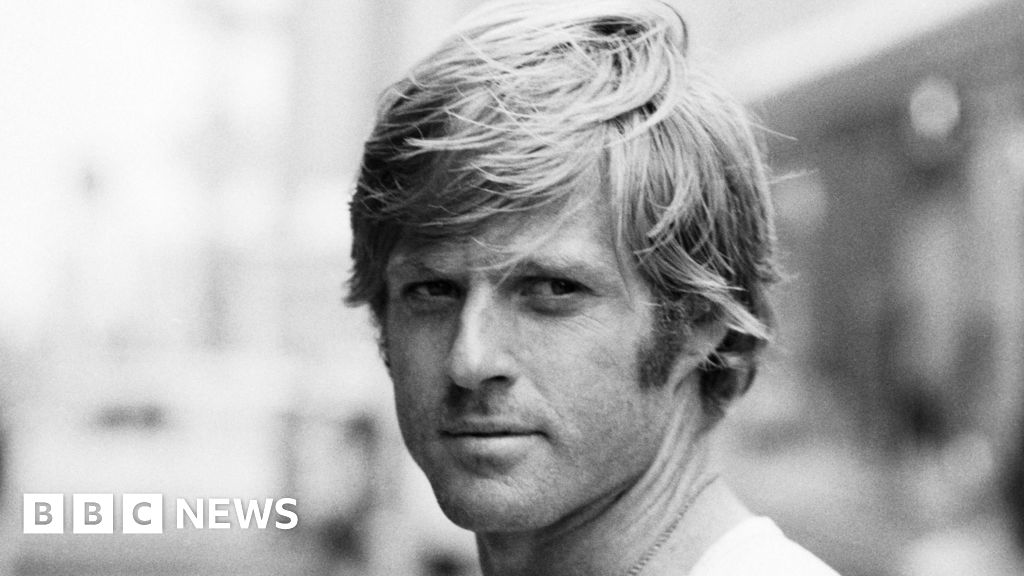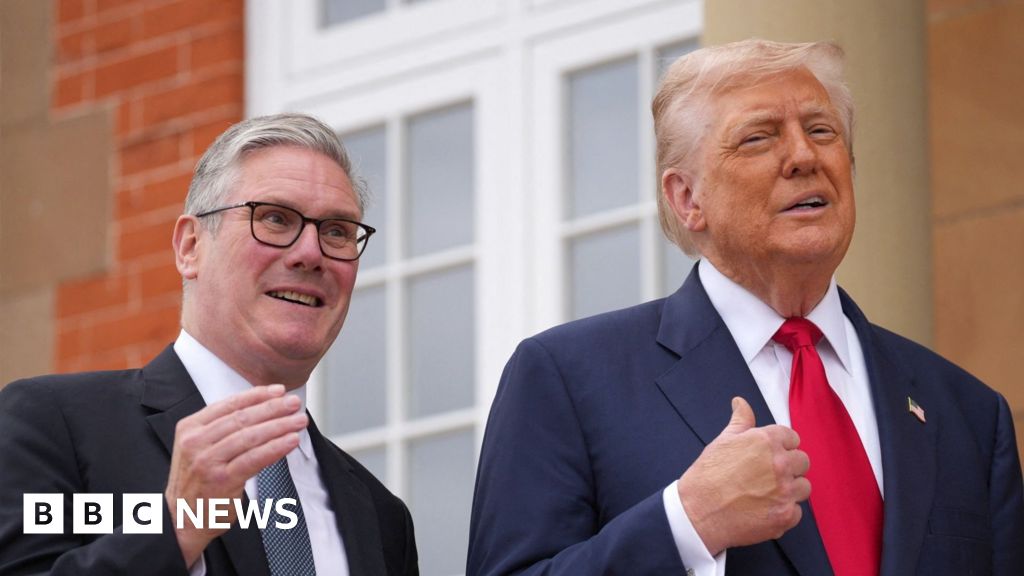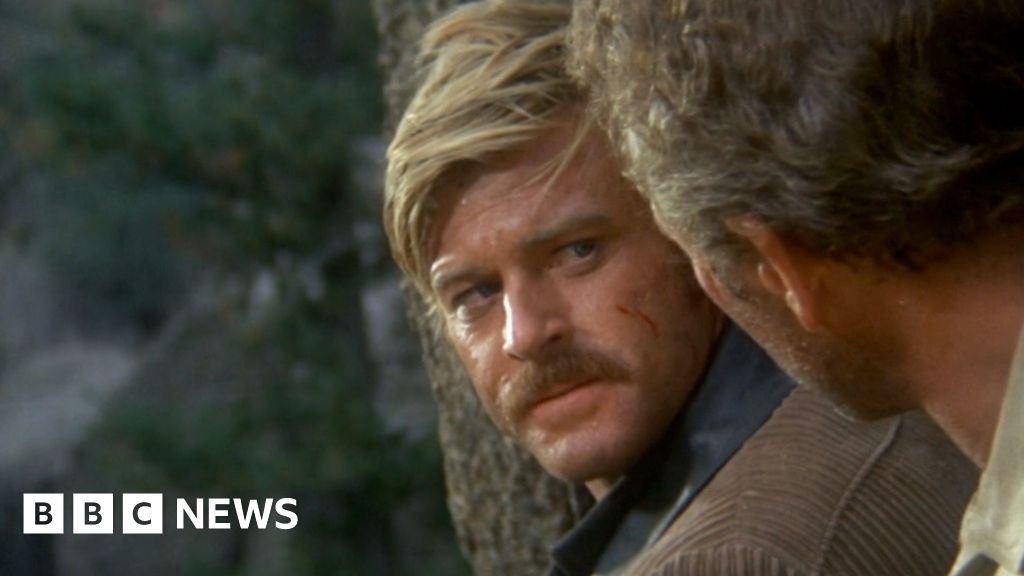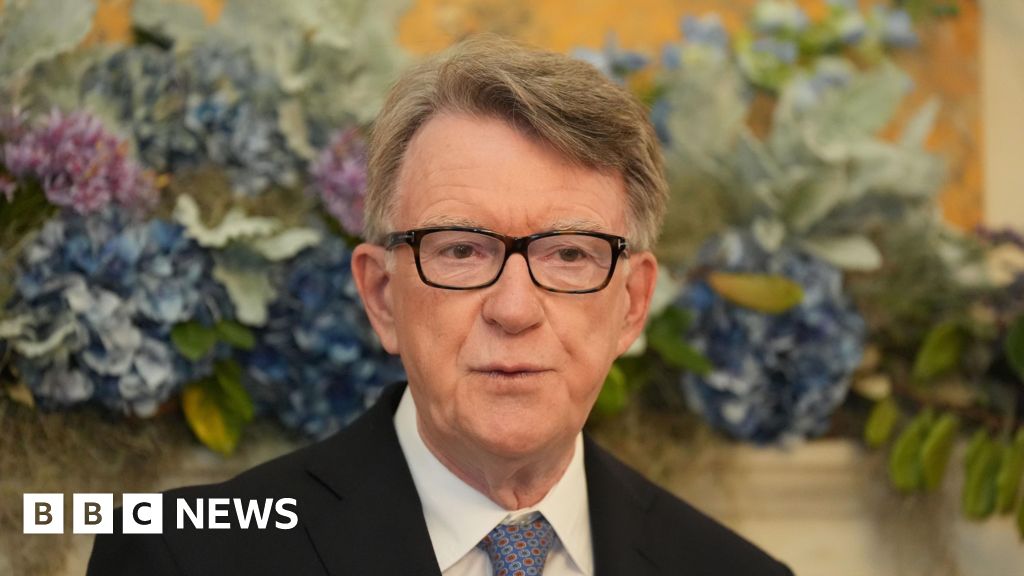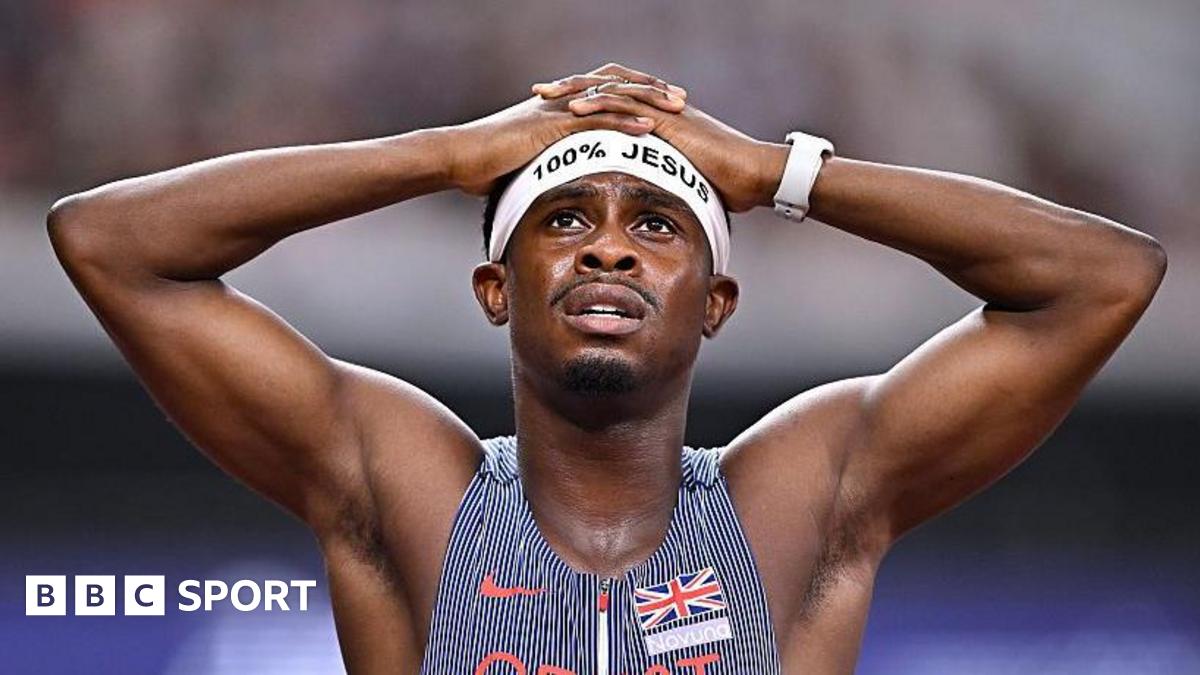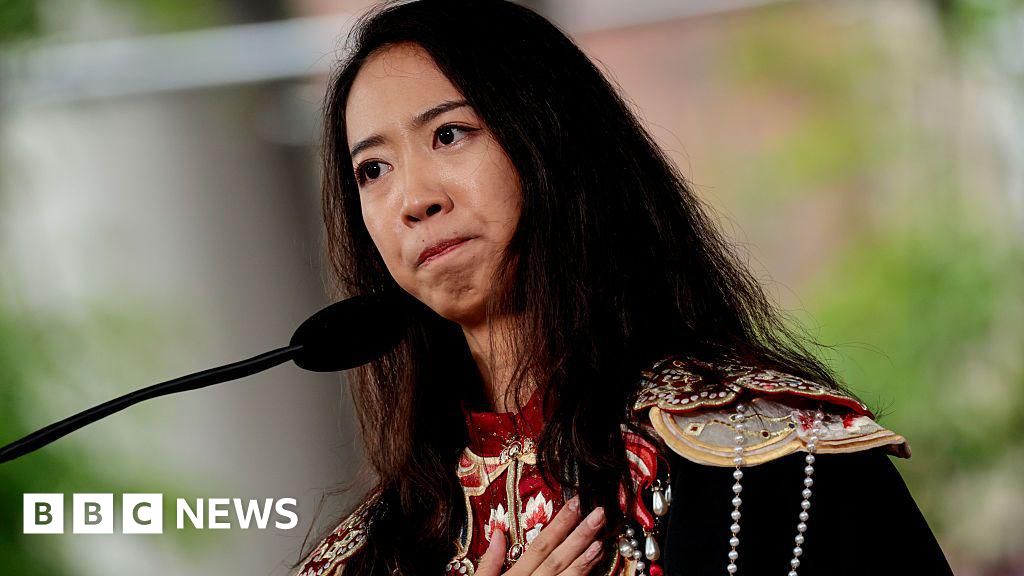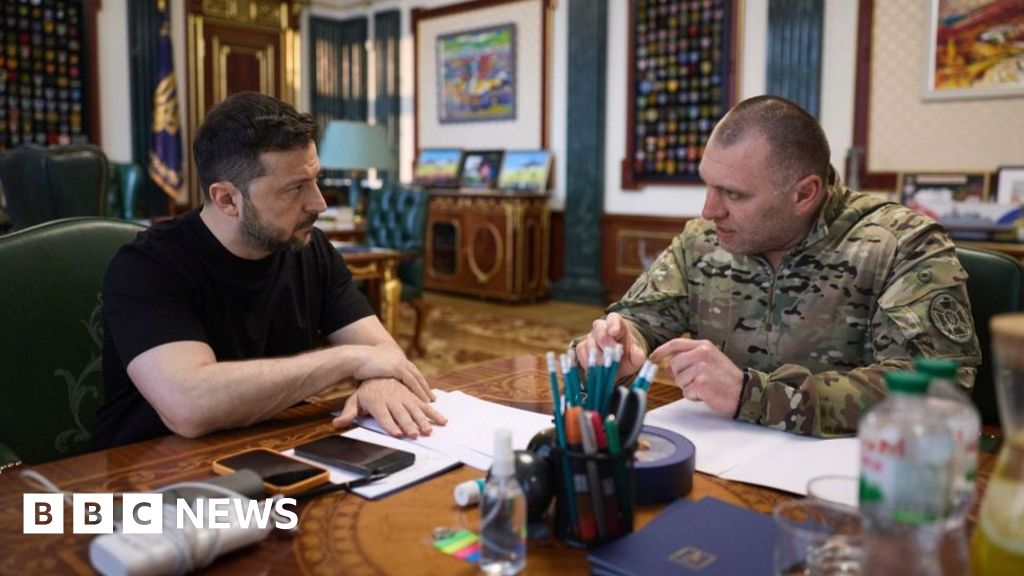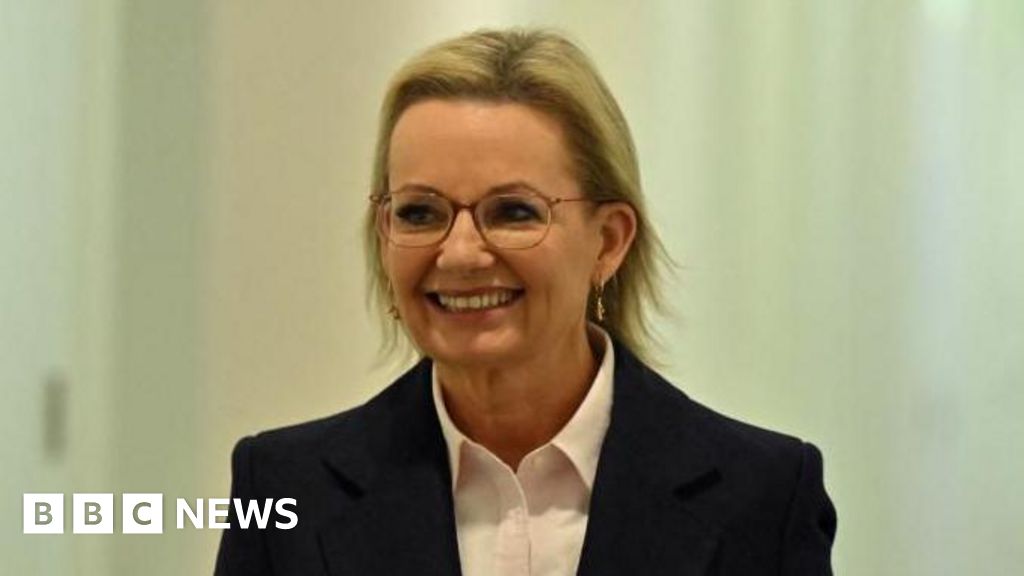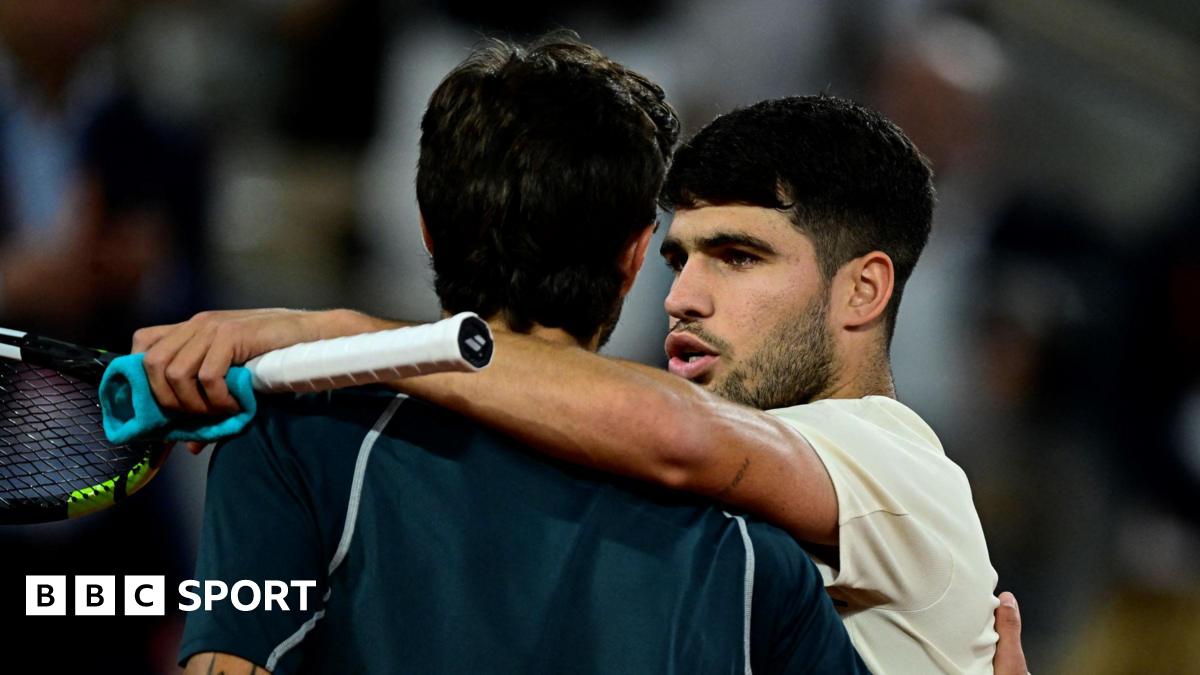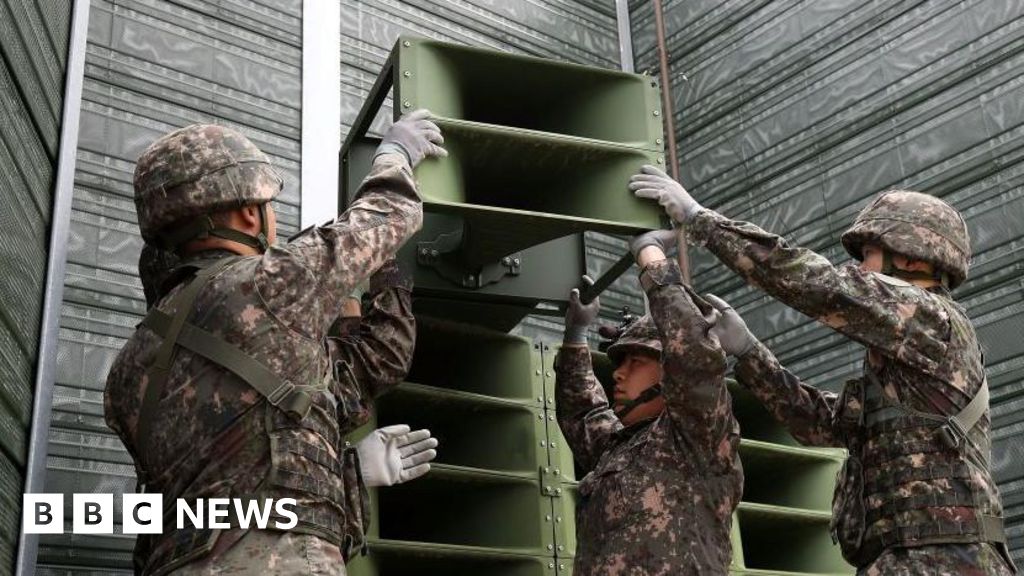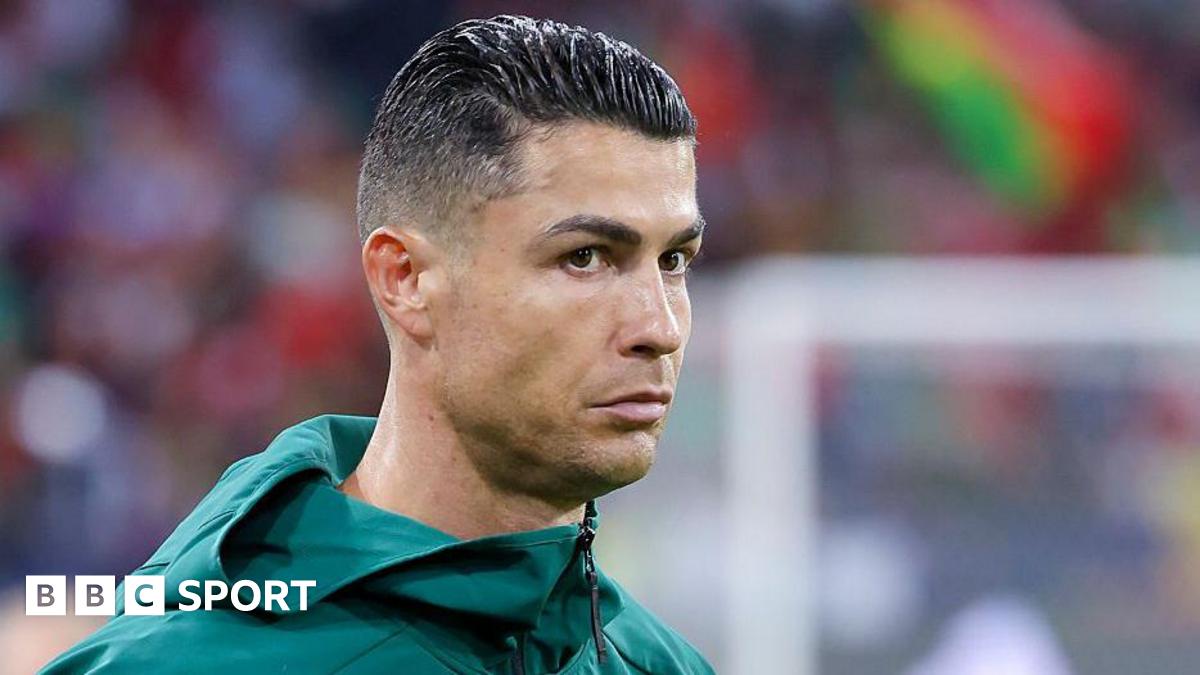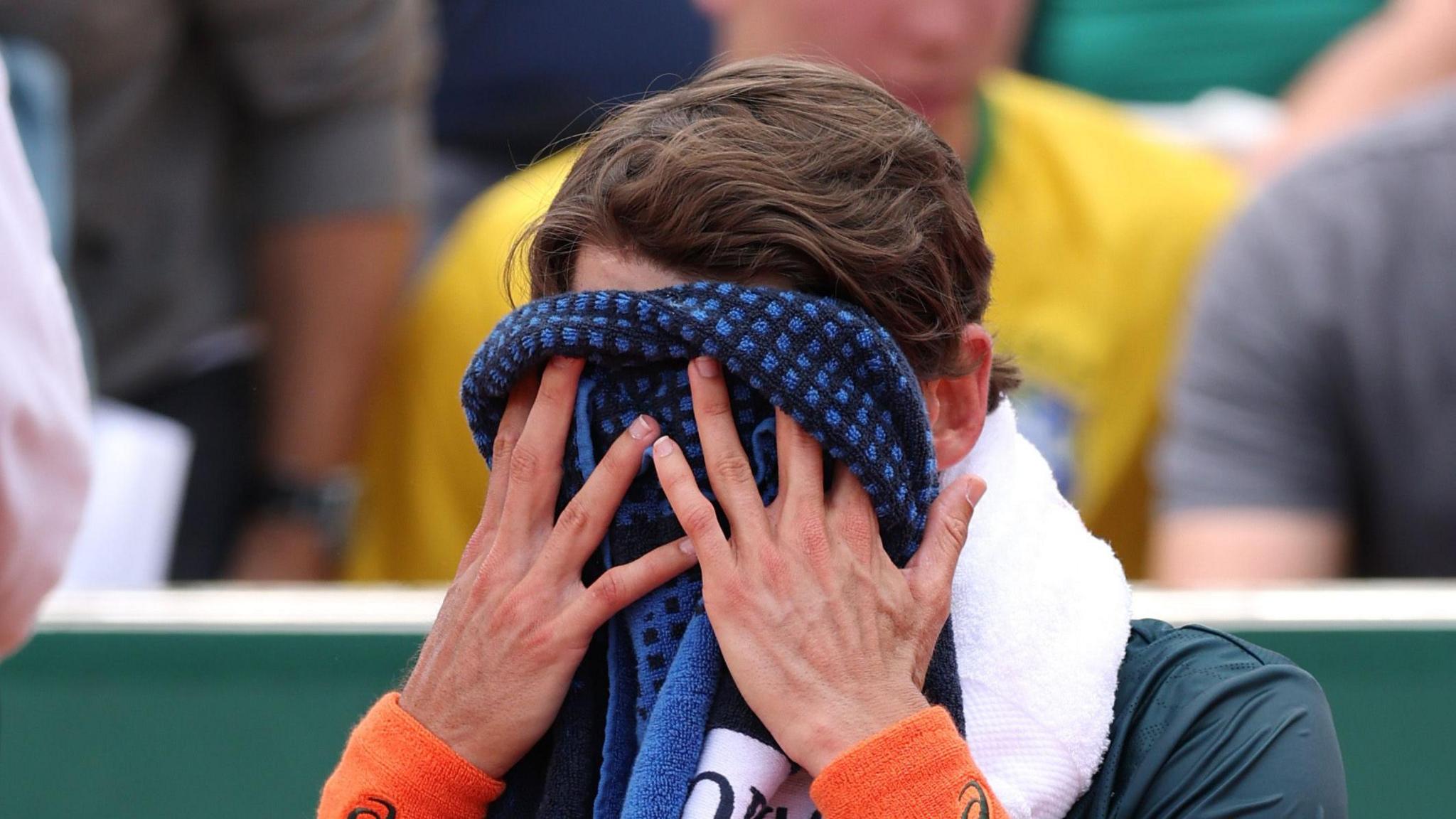 Image source, Getty Images
Image source, Getty Images
Australia's Alex de Minaur played 23 tournaments last season - the third most of the men's top 10
BBC Sport tennis news reporter
French Open 2025
Dates: 25 May-8 June Venue: Roland Garros
Coverage: Live radio commentaries across 5 Live Sport and BBC Sounds, plus live text commentaries on the BBC Sport website and app
For several years, the top tennis players have said the physical demands on them are becoming increasingly unsustainable.
Australian world number nine Alex de Minaur is the latest to voice concerns about the calendar, saying an earlier-than-expected French Open exit was a result of "feeling burned out".
The 26-year-old held a two-set lead in his second-round match against Kazakhstan's Alexander Bublik but faded physically from then on.
Britain's Jack Draper raised fears at the end of last year about the "mental" schedule for the top players, while five-time women's major champion Iga Swiatek feels the current demands are "pretty exhausting".
Casper Ruud criticised the rankings "rat race" after his Roland Garros exit, while De Minaur said: "Players' careers are going to get shorter because they're going to burn out mentally.
"There is just too much tennis."
The ATP Tour says it "does not take these concerns lightly" and the WTA Tour has previously said the health and wellbeing of players is "always our priority".
So what is the solution to stop the leading stars feeling the strain?
How much are the leading stars playing?
The season for the top players stretches across 11 months.
Last year, men's world number one Jannik Sinner played 79 matches across 17 tournaments, while top-ranked women's player Aryna Sabalenka contested 70 matches across 17 tournaments.
Ruud played 25 tournaments - the second most in the ATP year-end top 10 last season - with De Minaur third on 23.
"What's not normal is that for the last three or four years I've had two days off, gone straight into pre-season and straight into the new season again," De Minaur said on Thursday.
"Once you start, you don't finish until late November. It's just never ending. That's the sheer fact of it."
Pre-season starts in December, with the ATP and WTA Tours resuming at the end of the month.
The first major is the Australian Open in mid-January, with the French Open starting in late May and Wimbledon in early July.
The US Open rounds off the Grand Slams in early September.
The season ends with the ATP and WTA Tour finals, followed by Davis Cup and Billie Jean King Finals - where players represent their nations in team events now nicknamed the 'World Cup of Tennis'.
The ATP Tour said it "understands" why its leading players are worried about the length and demands of the season.
"We're focused on strengthening the sport by building a more premium product - one that creates more prize money, and more opportunities for players," a statement to BBC Sport read.
"A key part of that vision is calendar reform.
"Creating a longer off-season for the players is a key objective, and we're actively exploring ways to make that a reality."
Is playing through the pain leading to 'rat race'?
Tennis players get used to playing through pain and discomfort during a long season.
Japan's Naomi Osaka says she won two of her four Grand Slams while injured, adding: "I can rarely count the number of times I have felt perfect on the court.
"But I do know I'm the type of person that if I'm injured, I can almost play better.
"Not physically better but mentally, I'll know I have to give all my energy into every point time and time again."
Of course, injuries can be too severe - and the pain too much - to play through.
That is where Ruud and De Minaur believe players are being unfairly punished by the current structure.
"You feel like you lose a lot if you don't show up and play - both economically, points-wise, rankings-wise and opportunity-wise," said Ruud.
"I know these weeks and months are really important for the remainder of the year and for my career.
"Of course, if my leg is broken, I won't play. But it's tough."
The ATP said there are "protections in place" for injured players, pointing to its Baseline programme, external which seeks to spread wealth further down the tour.
"Players ultimately have the freedom to choose where they compete, and for many years we've had financial incentives in place to encourage participation at the top events - because that's what fans want to see," it added.
"'We continue to work to strike the right balance between performance, recovery, and opportunity, for all players.'
Does the rankings structure need changing?
Nineteen events count towards ATP rankings every year, while the eight best players of the season also receive points at the season-ending ATP Finals.
That includes:
Four Grand Slams
Eight mandatory Masters events
Seven 'best other' tournaments - including events at ATP 500, ATP 250 and Challenger level
De Minaur, who missed three Masters events in Cincinnati, Montreal and Shanghai last year because of injury, believes this unfairly punishes players.
"I had to deal with that. I'm still dealing with that now," he said.
"My ranking now consists of three zeros because I was injured and I couldn't play - which is ridiculous if you ask me."
The WTA rankings are based on 18 tournaments, but the leading players are expected to play at least 20:
Four Grand Slams
Ten 1000 events
Six 500 events
The WTA said the structure, which was introduced last year, has not increased workload.
"Over the last 10 years, data showed that players competed in an average of 20 events each year, inclusive of the Grand Slams," it said.
"The new structure does not require players to commit to playing more than this average."

 3 months ago
82
3 months ago
82
